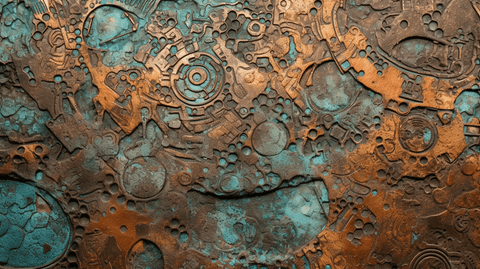CURATEDSelections made on authenticity, provenance, material and exclusivity
BUY AND OWNNo auctions, just buy and own directly!
Want to get notified on new products AND get 10% off?
The cruciform shape of this statuette is emblematic of Phoenician religious art, where such figures were common, yet each bears unique characteristics that speak to the individual artist's vision. The elongated and stylized body, coupled with carefully detailed facial features, reflects a culture that valued both form and function in their representations of the divine.
Crafted in bronze, a material chosen for its durability and aesthetic appeal, this goddess would have been an object of veneration, perhaps used in personal shrines or for protective purposes. Bronze casting in ancient times was a complex process, indicating that such statuettes were not mere trinkets but rather significant cultural symbols crafted by skilled artisans.
The statuette’s provenance from an Oxfordshire art professional and a British collection formed in the 1980s enhances its allure. The well-documented history of the piece provides a reassuring lineage to collectors seeking artifacts with a clear and traceable background.
As a collectible, this Phoenician statuette is a treasure not only for its rarity but also for its scholarly interest. Comparable pieces are cited in significant publications like "I fenici" (Bompiani, 1988), confirming the type's historical significance. Measuring 114mm x 92mm and weighing 268g, it has a commanding presence, and its state of preservation offers a tangible connection to the Phoenician era.
This Phoenician bronze statuette's cruciform shape and stylized portrayal are characteristic of the period's religious iconography. Notable are the pronounced facial features and the vertical lines on the figure's headdress, which may indicate divine status or attributes. Such figures were often symbolic, possibly representing fertility, protection, or a particular deity's embodiment. The figure's arms are outstretched in a welcoming or offering gesture, which was common in various ancient cultures' votive figures. The combination of this pose with the statuette's overall form suggests that it may have been an object of worship or a votive offering, making it a special item for collectors due to its religious and cultural significance.




